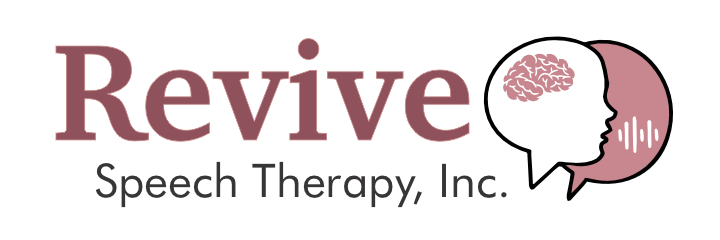VOICING STRATEGIES
Improving vocal volume is a common goal in speech therapy, particularly for individuals with conditions such as vocal nodules, Parkinson's disease, or vocal cord paralysis.
Here are some speech therapy strategies that can help improve vocal volume:
1. Respiration Exercises:
Diaphragmatic breathing exercises can help improve breath support, which is crucial for generating sufficient airflow for vocalization.
Exercises focusing on inhaling deeply through the nose, holding the breath for a few seconds, and then exhaling slowly and steadily can help strengthen the respiratory muscles.
2. Vocal Warm-Ups and Exercises:
Gentle vocal warm-up exercises can help prepare the vocal folds for use and reduce strain.
Humming exercises, lip trills, and semi-occluded vocal tract exercises (e.g., straw phonation) can help promote vocal fold closure and increase vocal fold vibration, leading to improved volume.
3. Volume Exercises
Loudness drills: Practice speaking or singing with gradually increased volume of speech, focusing on maintaining clear articulation and vocal resonance.
Reading aloud: Read passages or poems aloud and focus on projecting your voice.
4. Pitch and Loudness Exercises:
Pitch glides: Sliding from low to high pitch and vice versa can help increase vocal flexibility and control.
Loudness drills: Practicing speaking or sustaining sounds at gradually increasing loudness levels can help individuals become more aware of their vocal output and gradually increase volume.
5. Resonance Training:
Resonance exercises focus on modifying the placement of sound within the vocal tract to optimize volume and projection.
Techniques such as forward focus (placing sound in the front of the mouth) or "yawn-sigh" exercises can help individuals produce a fuller, louder voice.
Straw phonation: Take a narrow straw and gently blow air through it while producing sounds or words. This helps to focus resonance in the front of the mouth.
"Mum" or "Noo" exercises: Practice saying or singing these words with a focus on feeling the vibrations in your lips and face.
6. Articulation Exercises:
Clear articulation is essential for effective communication and can indirectly contribute to perceived vocal volume.
Exercises targeting specific speech sounds or articulatory movements can improve clarity and overall vocal projection.
Tongue twisters: Practice saying tongue twisters slowly and then gradually increase your speed while maintaining clarity.
7. Feedback and Monitoring:
Using visual or auditory feedback tools, such as spectrograms or audio recordings, can help individuals monitor their vocal output and make adjustments accordingly.
During conversation, maintain a typical distance with the individual and try not lean in closer to hear his or her voice better when speech has low volume. This will encourage the individual to project voice in order to be understood.
Speech therapy sessions can incorporate real-time feedback to help individuals develop a better sense of their vocal volume and make immediate adjustments as needed.
8. Environmental Modifications:
Encouraging individuals to practice speaking in environments with background noise can help them learn to adjust their volume accordingly.
Practicing speaking in larger spaces or in front of mirrors can also help individuals develop a sense of how much volume is necessary to fill a given space.
9. Lifestyle Modifications:
Encouraging healthy vocal habits, such as staying hydrated, avoiding irritants like caffeine and tobacco, and practicing vocal rest when needed, can support overall vocal health and volume.
10. Consistency and Patience:
Improving vocal volume often requires consistent practice and patience over time.
Individuals should be encouraged to practice regularly and to celebrate small improvements along the way.
It's important for these strategies to be tailored to the individual's specific needs and abilities, so working closely with a speech-language pathologist is essential for developing an effective treatment plan!
